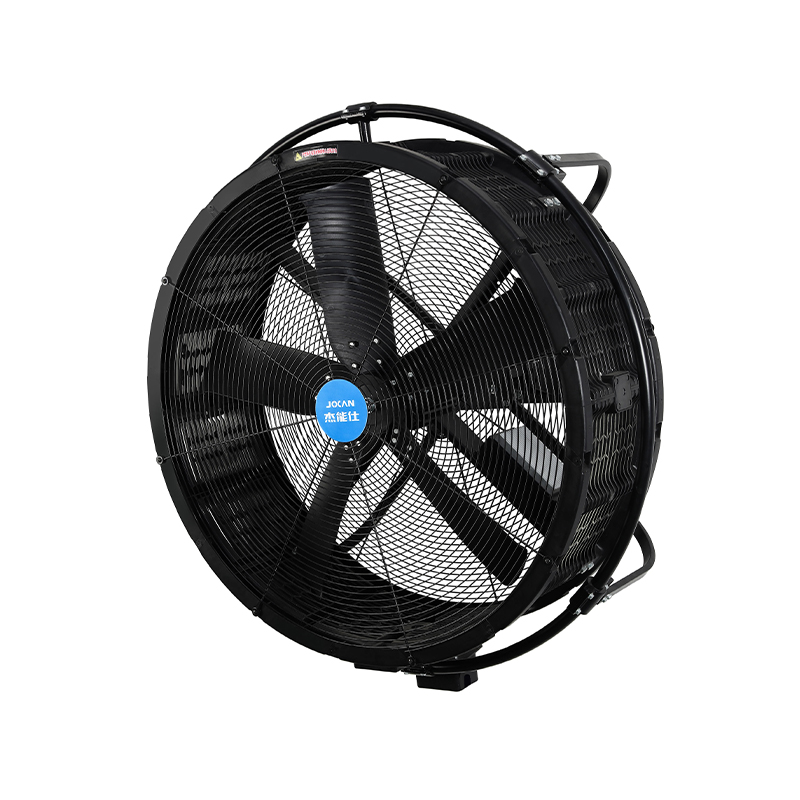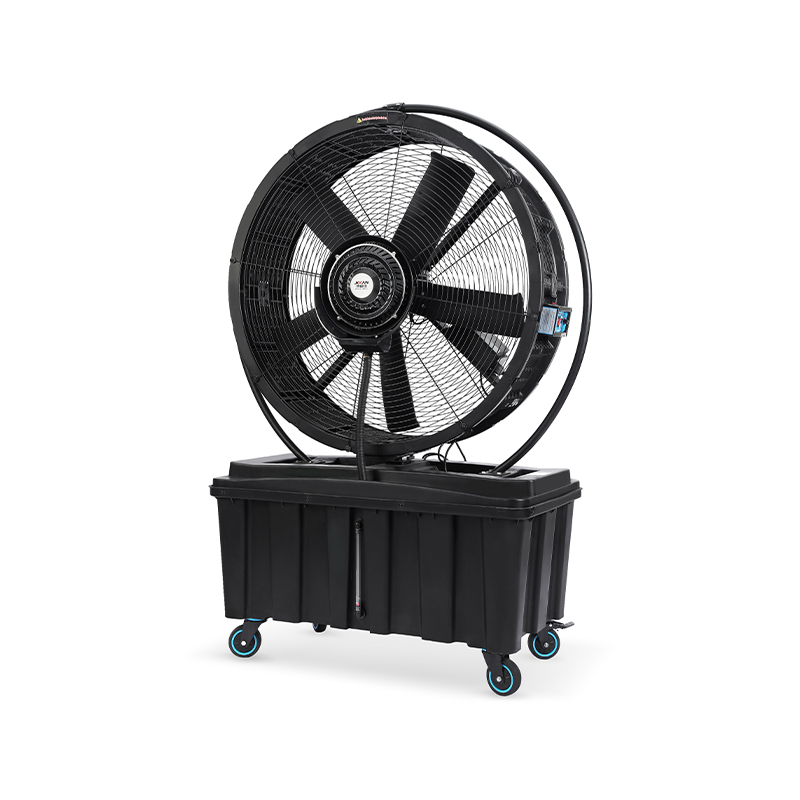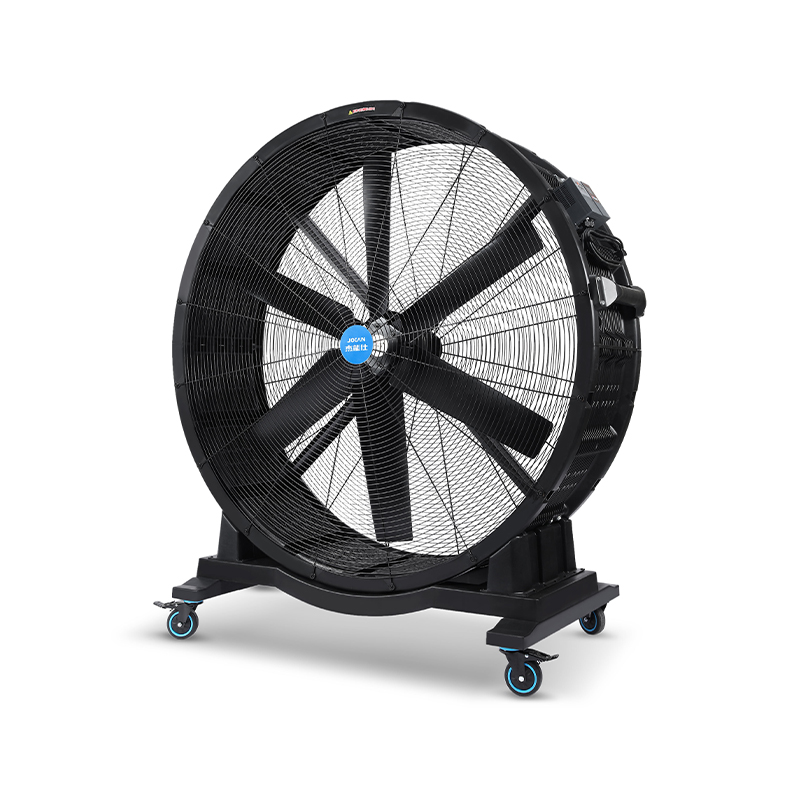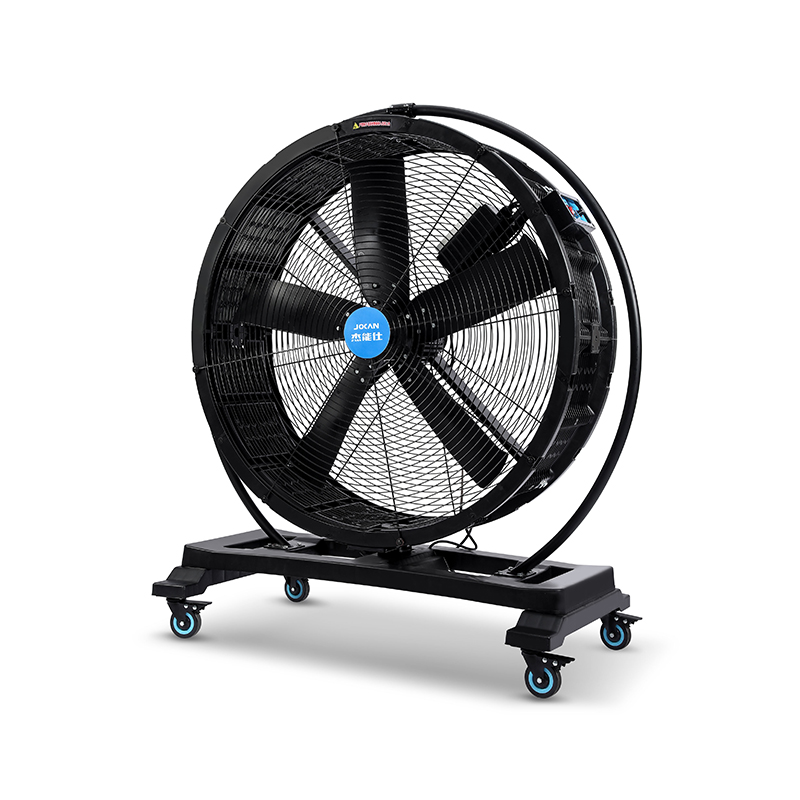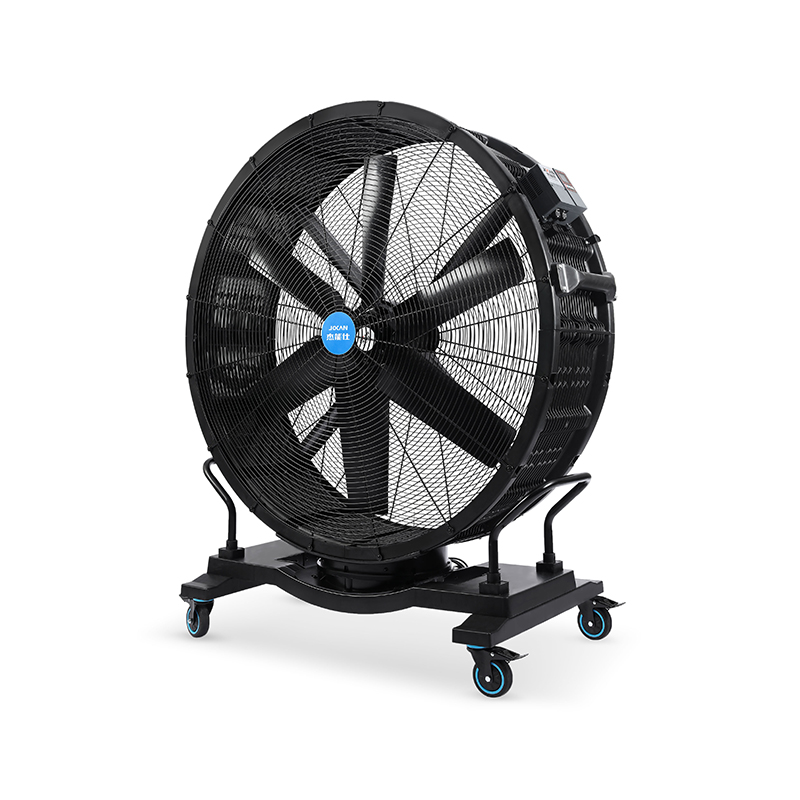Industrial fan engineering has steadily evolved over the years, driven by the ongoing need to improve air movement and cooling in various environments. Among the many types of fans designed for industrial use, the line duct fan, industrial outdoor oscillating fan, and industrial type ceiling fans represent important categories that have seen continuous development. These fans play distinct roles in maintaining proper ventilation, enhancing air circulation, and ensuring comfortable working conditions.

The inline duct fan is a specialized fan type that is often integrated directly into duct systems. Its primary function is to support air movement through confined spaces such as ventilation ducts in factories, warehouses, and large commercial buildings. Progress in inline duct fan engineering has brought improvements in airflow efficiency and noise reduction. Manufacturers have worked to design inline duct fans that are compact, energy-conscious, and easy to install. These fans help maintain consistent air quality by moving stale air out and fresh air in, which is crucial in many industrial settings.
In parallel, the industrial outdoor oscillating fan has grown in popularity due to its ability to provide wide-area cooling in outdoor or semi-outdoor environments. Unlike stationary fans, industrial outdoor oscillating fans can rotate side to side, distributing airflow across a broader area. This feature is particularly useful in open factories, loading docks, or construction sites where traditional air conditioning is impractical. Engineering efforts have focused on making these fans durable enough to withstand harsh weather conditions while maintaining smooth oscillation and reliable performance. Continuous advancements have led to fans that are quieter, more energy-efficient, and easier to maintain.
Another key player in industrial air circulation is the industrial type ceiling fans. These fans are designed to be mounted overhead in large industrial or commercial spaces. Their high placement allows them to move large volumes of air effectively, promoting ventilation and temperature regulation. Engineering progress with industrial type ceiling fans has included improvements in blade design and motor technology. These improvements result in quieter operation, greater airflow with less power consumption, and a longer operational lifespan. Industrial type ceiling fans are favored in settings such as warehouses, manufacturing plants, and gymnasiums for their ability to maintain a steady, comfortable airflow without occupying valuable floor space.
One of the ongoing challenges in the development of line duct fans, industrial outdoor oscillating fans, and industrial type ceiling fans is balancing power consumption with performance. Engineers have made strides by adopting advanced motor designs and materials that reduce energy usage without compromising the airflow. For example, the introduction of electronically commutated motors has benefited all three fan types by improving efficiency and enabling more precise speed control. These technical improvements contribute not only to operational cost savings but also to reduced environmental impact, an increasingly important consideration in industrial settings.
The design process for these fans often includes extensive testing under real-world conditions. For the line duct fan, this means evaluating its performance in different duct configurations to ensure consistent airflow and small vibration. Industrial outdoor oscillating fans undergo testing for resistance to dust, moisture, and temperature bads, ensuring they can function reliably in outdoor environments. Meanwhile, industrial type ceiling fans are tested for stability, noise levels, and airflow patterns to verify that they provide effective circulation while maintaining user comfort.
Beyond the technical aspects, the engineering of these fans is also influenced by installation and maintenance considerations. Line duct fans are designed to fit seamlessly into existing ventilation networks, often with features that allow for easier access and cleaning. Industrial outdoor oscillating fans have seen improvements such as quick-release guards and simplified motor housings, making routine maintenance less time-consuming. Industrial type ceiling fans incorporate modular components that can be replaced or serviced with small disruption to daily operations. These thoughtful designs contribute to the longevity and reliability of the fans in demanding industrial environments.
User feedback also plays a significant role in shaping the future of these fan types. Industrial operators frequently provide insights into the real-world challenges of airflow management, noise concerns, and durability. This information helps engineers refine the designs of line duct fans, industrial outdoor oscillating fans, and industrial type ceiling fans to better meet the needs of end users. For example, suggestions about quieter operation or easier control systems have led to innovations that improve user satisfaction and operational efficiency.
Looking ahead, continuous progress in industrial fan engineering is expected to incorporate smart technology and automation. The integration of sensors and connectivity features could allow these fans to adjust airflow automatically based on environmental conditions, further improving energy savings and comfort. Line duct fans might communicate with ventilation control systems for coordinated operation, industrial outdoor oscillating fans could adjust oscillation speed depending on outdoor temperature, and industrial type ceiling fans might alter rotation speed based on occupancy levels. These developments would represent the next step in the evolution of industrial air circulation solutions.
 Add: Plot 23, Huanglang Industrial Zone, Jinqing Town, Luqiao District, Taizhou City, Zhejiang Province
Add: Plot 23, Huanglang Industrial Zone, Jinqing Town, Luqiao District, Taizhou City, Zhejiang Province
 TEL: +86-13586083215
TEL: +86-13586083215

 English
English English
English عربى
عربى 한국어
한국어


